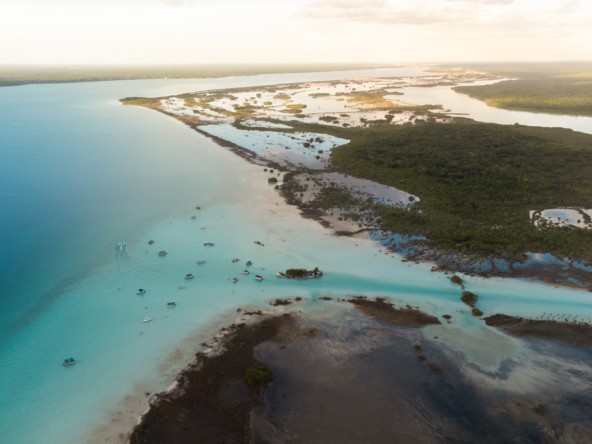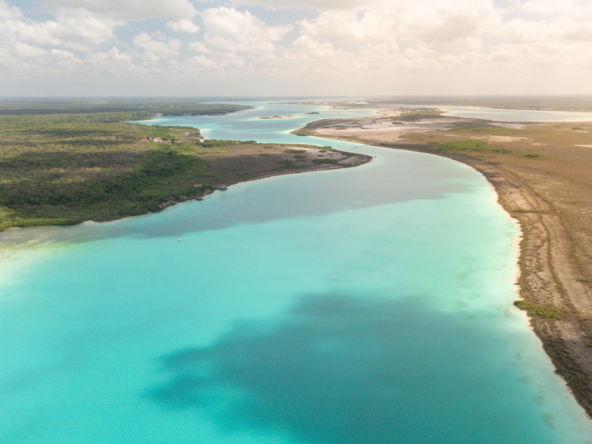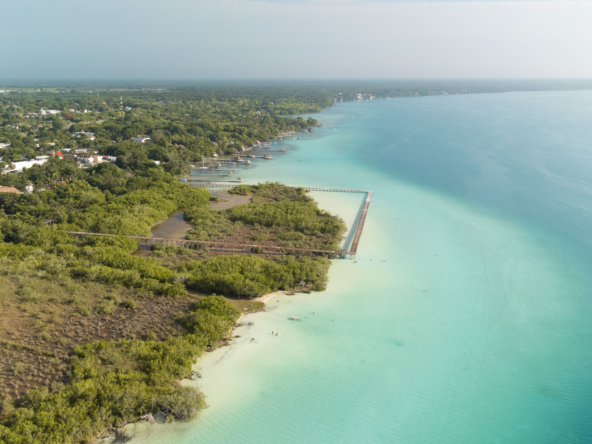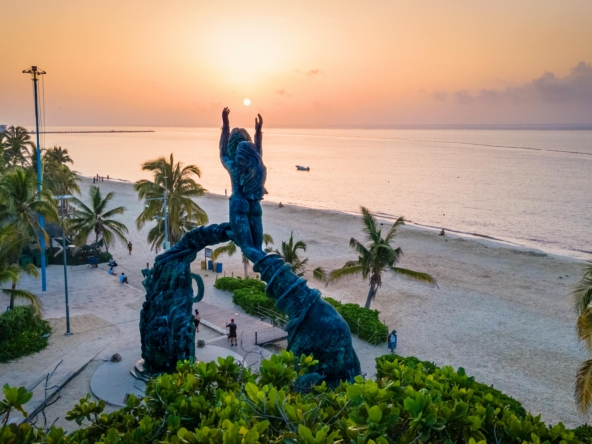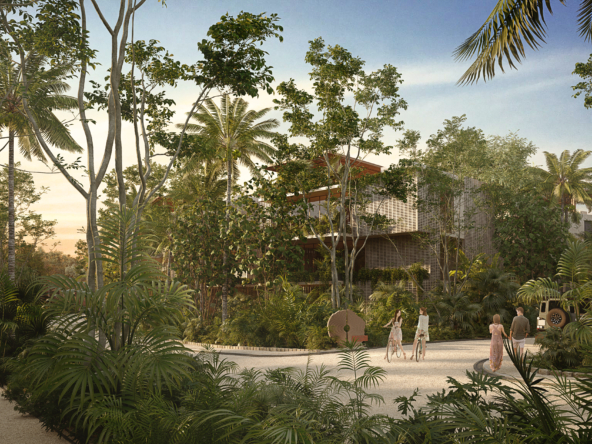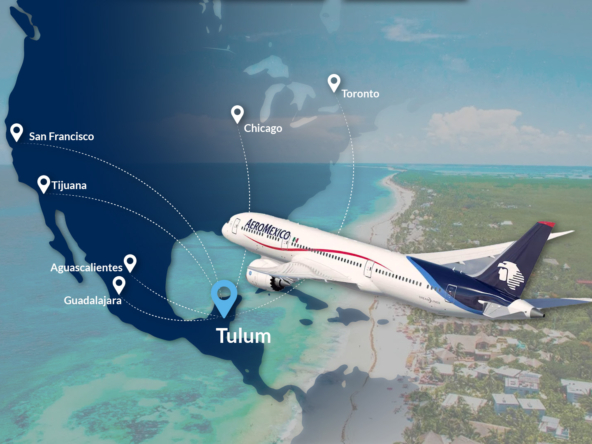The Mayan Train is a new rail transport service that will interconnect the main cities and tourist areas of the Yucatan peninsula.
The project will strengthen the territorial ordering of the region and will potentiate its tourism industry. It will generate economic benefits and increase connectivity in the Yucatan peninsula, allowing the movement of cargo and passengers in a more efficient and less polluting way.
It will tour the Mayan world in five states in the Mexican southeast with approximately 1,554 km of railways that will interconnect the states of Tabasco, Campeche, Chiapas, Yucatán and Quintana Roo.

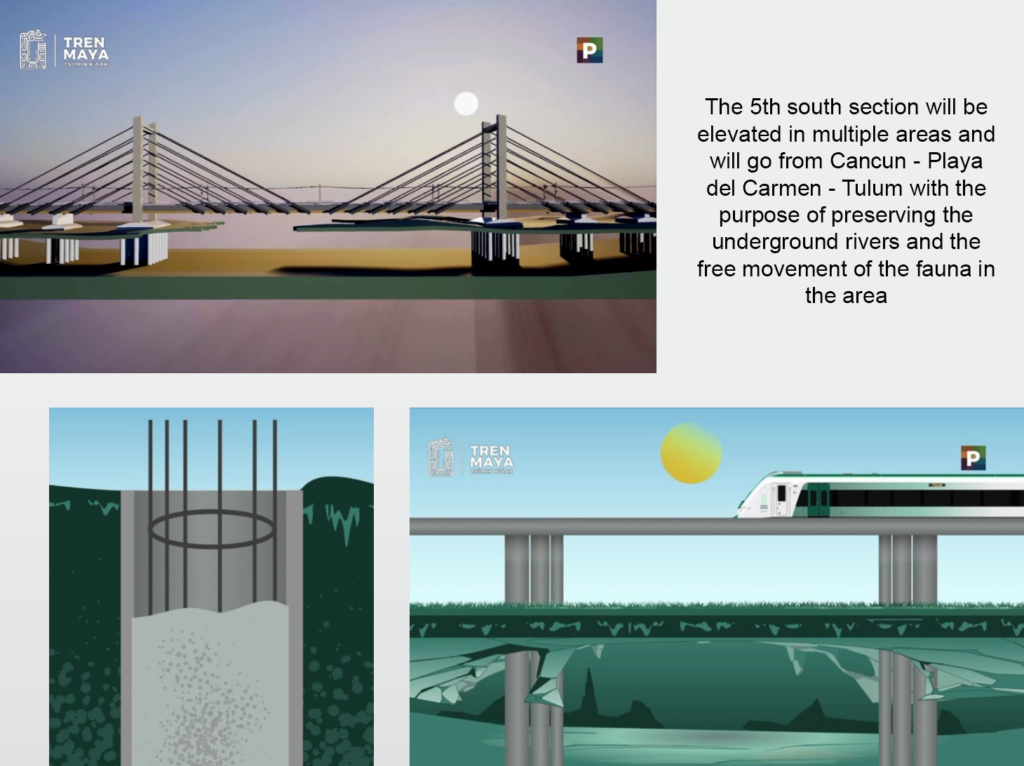
The Mayan train will be powered by low sulfur biodiesel only in the first two sections and all the others will be electric.
It will provide cargo and passenger service. The maximum speed to reach will be 160 km/h for passengers and 120 km/h for cargo.
The composition of the passenger trains will be from 5 to 7 wagons that will be equipped with modern information media, which includes: video screens, internet on board, cafeteria service for long-distance services, sanitary services, air conditioning, windows with panoramic views, comfortable seats as well as easy accessibility, where the transport capacity can be from 300 to 500 seats per train.
It will have 42 trains and 219 modern wagons
The Mayan Train will have 3 types of trains:
- Xiinbal (walk): standard regular service train that will allow you to enjoy a trip with large panoramic windows. 31 trains and 166 wagons.
- Janal (eat): restaurant, with a design inspired by the work of engineer and architect Luis Barragán, it has comfortable spaces for enjoying regional cuisine. 8 trains and 32 wagons.
- P’atal (stay): train for long distances, with comfortable cabins, day and night, which will make the trips a unique experience. 3 trains and 21 wagons.

Section 1: Palenque – Escárcega
Stations:
• Palenque, Chiapas.
• Boca del Cerro, Tabasco.
• El Triunfo, Tabasco.
Stops:
• Tenosique, Tabasco.
• Candelaria, Tabasco.
Section 2: Escárcega – Calkiní
Stations:
• Edzná, Campeche.
• San Francisco de Campeche, Campeche.
Stops:
• Carrillo puerto.
• Tenabo.
• Hecelchakán.
Section 3: Calkiní – Izamal.
Stations:
• Mérida Teya, Yucatán.
• Izamal, Yucatán.
Stops:
• Maxcanú.
• Tixkokob.
• Uman.
Section 4: Izamal – Cancún
Stations:
• Chichen Itzá, Yucatán.
• Valladolid, Yucatán.
• Cancún aeropuerto
Stops:
• Nuevo Xcan.
• Leona Vicario.
Section 5 North: Cancún – Playa del Carmen
Stations:
• Puerto Morelos, Quintana Roo.
• Playa del Carmen, Quintana Roo.
Section 5 South: Playa del Carmen – Tulum
Stations:
• Tulum airport, Quintana Roo.
Stops:
• Xcaret.
• Puerto Aventuras.
• Akumal.
Section 6: Tulum – Chetumal
Stations:
• Tulum airport
• Felipe Carrillo Puerto
• Bacalar.
• Chetumal.
Stops:
• Limones, Othón P. Blanco.
Section 7: Chetumal – Escárcega
Stations:
• Xpujil, Campeche.
Stops:
• Nicolas bravo, Campeche.
• Calakmul
• Centenario.

The Mayan Train will have rates for the local passenger, rates for national and foreign tourists calculated in relation to the service that will be provided.
The train service will begin every day at 6 in the morning, ending in the afternoon between 6 and 9 at night, except for the Cancun – Tulum service, which will last until 11 at night.



